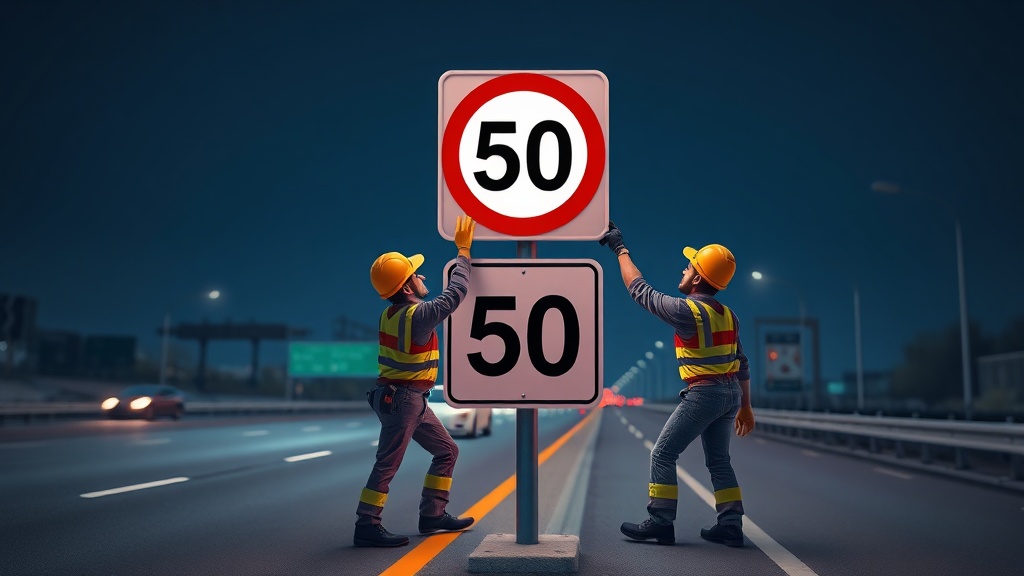Home / Environment / Paris Ring Road Speeds Slow, But Air Quality Improves
Paris Ring Road Speeds Slow, But Air Quality Improves
1 Oct
Summary
- Speed limit on Paris ring road reduced to 50 km/h
- Carpool lane introduced 7 months ago
- Nitrogen dioxide levels dropped 6% on average

As of October 2, 2025, the impact of the reduced speed limit and carpool lane on the Paris ring road is starting to become clear. A year after the speed limit was lowered to 50 km/h and 7 months after the carpool lane was introduced, two recent studies have provided some initial insights.
An evaluation published on October 1, 2025 by Airparif, the independent air quality monitoring body in the Paris region, highlighted "significant results" and an "improvement in air quality" in areas directly adjacent to the ring road. While the agency reported an "average decrease in nitrogen dioxide concentrations" - a pollutant mainly emitted by road traffic - this was an estimate rather than an objective measurement.
To assess the specific impact of the speed and carpool lane measures on air quality, Airparif employed a scenario-based approach. Starting from the fact that traffic on the ring road has decreased by an average of 4% since 2023, and that this reduction is more pronounced than the long-term trend, the agency attributed most of this drop to the new policies. When applying actual pollution data from 2023 to projected 2025 traffic levels, Airparif estimated that nitrogen dioxide levels have dropped 6% on average.
While a comprehensive assessment remains difficult to establish, the initial findings paint a generally positive picture for the Paris region. The reduced speed limit and carpool lane appear to be having a tangible impact on both traffic and air quality, though continued monitoring and analysis will be necessary to fully understand the long-term effects.



